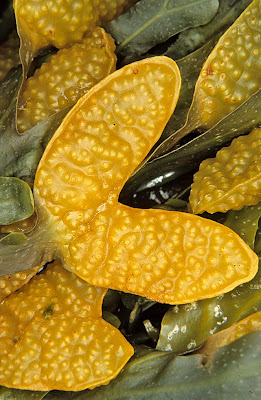Our unusually wet summer has provided plenty of opportunities for breeding mosquitoes, with water butts and containers retaining pools of water all through the year. The water butt attached to our greenhouse has been swarming with culicine mosquito larvae.
The larvae hang from the surface film, breathing through a siphon tube, which you can see in this image on the tail of the larva; you can see a small bubble of air attached to the siphon tip. The tiniest disturbance of the surface film sends the larvae wriggling down into the depths.
For images of an adult culicine mosquito, click here and here.

































































